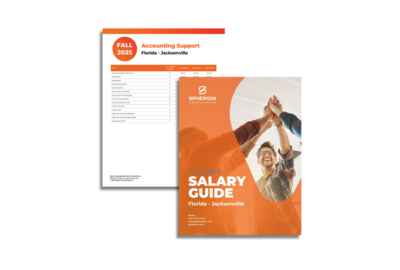No Change in Unemployment Rate
Jobs Growth
Jobs growth continued in April, with 177,000 new jobs added to the workforce. This was nearly on par with the prior month’s growth, following a downward revision that placed March growth at 185,000. Activity in both months exceeded the monthly average over the past 12 months of 152,000 jobs.
Top Industries
The top sectors reporting the strongest growth for April were healthcare, transportation and warehousing, financial activities, and social assistance.
Unemployment
There was no month-to-month change in the unemployment rate in April. It maintained its March level of 4.2%.
Wages
Following an increase in wages of 0.2% in April, overall compensation maintained its March rate of 3.8% growth in average hourly earnings over the past 12 months.
Work Week
The average work week was unchanged in April at 34.3 hours.
Temporary Job Trends
The temporary jobs sector reversed its recent negative trend, gaining 3,600 jobs in April.
What Does It All Mean?
Beating most analyst predictions, the latest jobs report registered stronger workforce growth than expected. A similar story was reflected across most other
labor report metrics. From unemployment to wage growth to hours worked, the status quo was maintained from the prior month, yielding no surprises in the latest reporting period.
The lack of dramatic fluctuations in job market metrics is also a strong indicator of stability. That bodes well for the economy.
On the downside, some market watchers, including both employers and economic analysts, continue to harbor concerns about the future and the impact of tariffs and trade imbalances, the possibility of recession, and the potential for inflation hikes.
Will that stability hold? Will tariffs fuel a downturn? How fleeting is growth? With the future remaining uncertain, employers are predictably concerned. Like the weather, economic trends generate uncontrollable challenges that can have a profound impact on business and industry. Actions taken now to prepare for those challenges can help shape the future. For some, that means attempting to manage based on rapidly shifting external forces over which they have little control or influence. A better alternative is to focus on what can be controlled.
The workforce is one of the most critical (and powerful) levers that employers can rely on in times of change. It can provide the flexibility needed to address changing priorities as a business adapts to local shifts in the market, national trends, and global influences.
A focus on people and what they can do to advance strategic priorities is the best defense against uncertainty.
Sources: U.S. Bureau of Labor Statistics, Staffing Industry Analysts, ABC News, CNN, CNBC, The Wall Street Journal, USA Today, FOX Business






